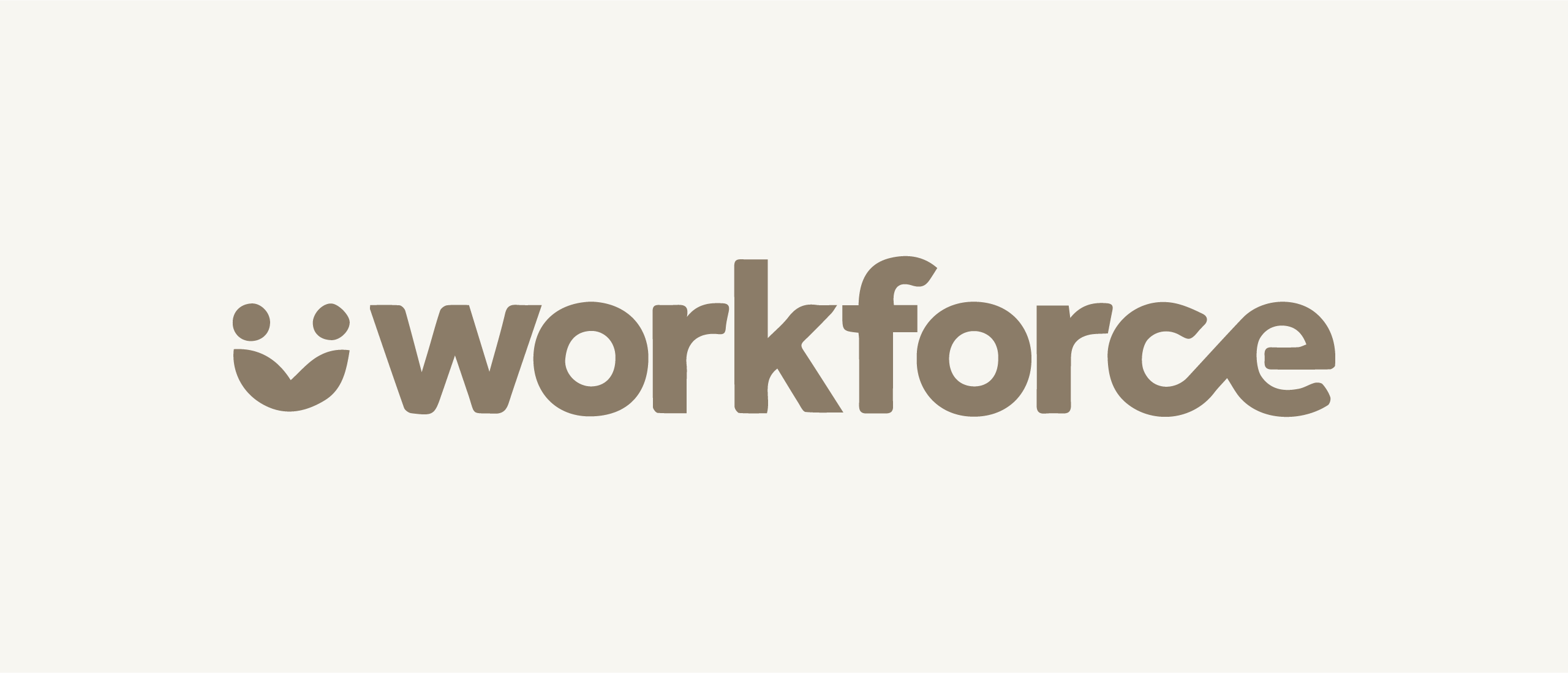Rebuilding confidence a challenge to reopen for employers as workers seek a sense of normalcy
Reopening the economy after a deadly global pandemic isn’t as simple as flipping a switch.
Not only must employers consider the health concerns of employees, they also must think about clients and customers. If people don’t feel comfortable entering a restaurant, hotel or store, then these businesses will struggle.
The COVID-19 pandemic that initiated strict government regulations forced many employers to rethink the most basic principles of their business models. The terms “essential workers” and “social distancing” became part of the daily lexicon and prompted retailers to literally draw up new plans for their stores. And for many of those still employed, work from home became the norm rather than the exception.
As the coronavirus curve flattens, companies face the challenge of reopening and reintroducing employees to the workplace. An immediate issue is convincing employees that they are returning to a safe and healthy workplace, said Kara Govro, senior legal analyst at ThinkHR and Mammoth HR.
“Physical changes will include things like spacing out desks or customer seating, changing the air conditioning system, providing cleaning products and implementing regimented cleaning protocols,” Govro said. “But there will also be changes that impact employees (and employers) emotionally and financially.”
Gossiping around the water cooler isn’t the same when you have to be six feet apart, Govro pointed out, adding that many employees also will be asked to pick up job duties that belonged to colleagues who have been laid off.
“Things are going to feel different and mostly not in a good way,” Govro said. “Following the immediate challenge of providing a safe environment, employers will have to find ways to improve morale. I think being compassionate and communicating gratitude regularly even if employees are just doing their job is a good start.”
It’s also clear that many of those employees who have telecommuted will remain doing so long after the pandemic subsides. A Brookings Institute report in April suggested that about half of employed adults were working from home, and consulting company Global Workplace Analytics estimates that when the pandemic is over, 30 percent of the entire workforce will be remote at least a couple of days a week.
Companies previously hesitant to implement flex work but forced to rapidly adopt work-from-home policies because of the pandemic learned about their workers’ productivity outside the workplace. Supervisors discovered that employees who were out of sight can be as productive if not more so than if they were in the office.
Working from home doesn’t have to be a free-for-all, Govro said. Employers can still have high expectations of employees, even when they can’t hear them clacking away at their keyboard.
“Working from home will definitely become more acceptable, largely because employers have had it proven to them — albeit against their will — that it can work,” Govro said. “I think many employers assumed that someone working from home must be goofing off for a majority of the day, and they’d have no way to keep track of them or verify that they were actually doing work.”
Employers also discovered that they have employees who do much better at home, she said.
“The open office floor plan that has had workplaces in its death grip for decades has been shown time and again to reduce productivity and cause time loss to distraction,” Govro said. “Employees who need quiet to focus may be significantly more productive and happier in their own homes.”
###
This article was authored by Kara Govro, Mineral Senior legal analyst, and originally published on June 20, 2020 by Workforce.com.


